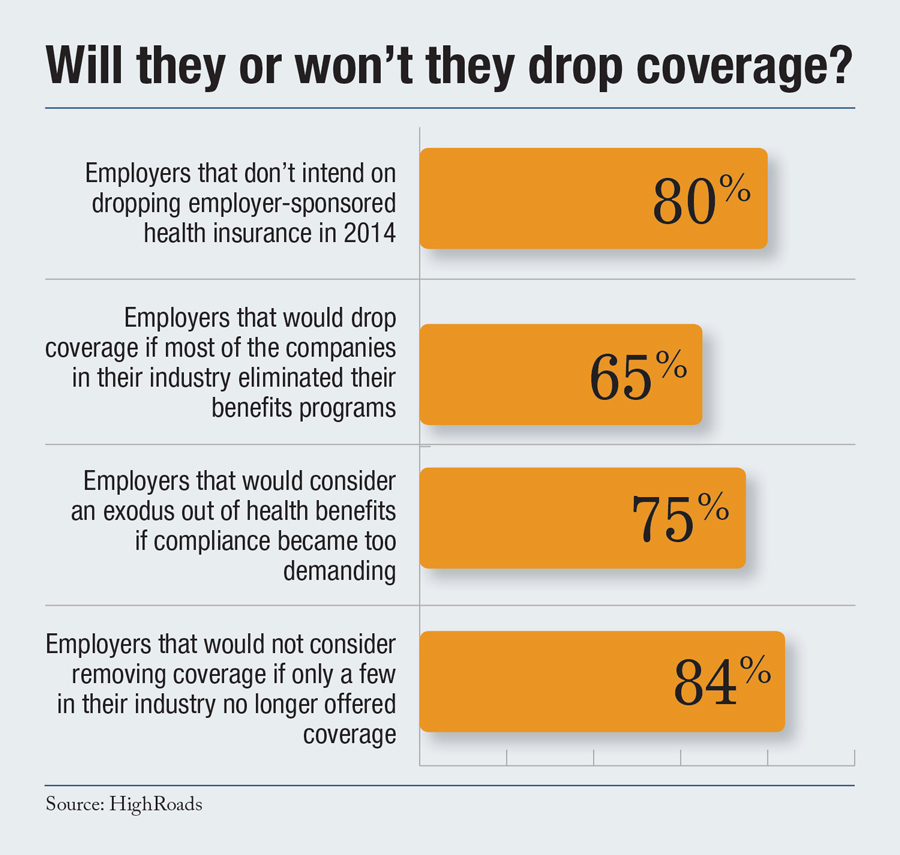
Failure of Managed Care
With the advent of PPO’s and HMO’s in the late seventies, a new term was coined – Managed Care. Hailed as a panacea for ever rising health care costs, the concept initially performed as expected .
Over time that changed. Ownership of the concept as well as delivery of services became the intellectual and real property controlled by medical providers and third party intermediaries.
A fortress was built protecting the interests of the provider community with the active assistance and collusion of third party intermediaries. The consumer was relegated to obscurity, leaderless and subject to the mercy of the elements. Without realizing it, they lost advantage yet continued to enrich the King’s treasury.
The payers representing them became the paid undercover agents for the medical community. Despite representations otherwise, they were not champions for the end user. Through proprietary and secret agreements, payers and other third party intermediaries enriched themselves through an ever increasing revenue stream funded by ignorant consumers. Kickbacks, inflated pricing, Evergreen clauses, provider re-pricing fees, and other schemes to milk the health care honey pot became business as usual, hidden behind a smoke screen called medical inflation, or trend.
Consumers were clueless. They were unarmed. They were told by insurance companies that insurance costs were going up due to an aging population, new technology , costly new prescription drugs, all of which were represented to be the main cost drivers of medical inflation. This deception continues today.
Despite Managed Care, health care costs continued to rise at double digits. Managed Care has failed.
A Common Sense Approach
There is only one reason medical costs continue to soar: Providers are charging more and we continue to agree to blindly pay up.
The more they charge, the more they can “discount” their fees. PPO representatives tout significant discounts, and they are not untruthful. They point to continued steep discounts, with new contracts continually being negotiated for even steeper discounts. This well planned and coordinated deception has had the intended effect of passifying the masses into submission.
Yet costs keep going up.
The answer to lower health care costs is simple. Pay providers less. But that is easier said than done. How can you pay a provider less when you really don’t know what they charge? They don’t publish their prices do they? No, but Medicare does.
Medicare is an indemnity plan funded by taxpayers and accepted universally by the medical community. Over 12,000 listed medical services are assigned a price to be paid to providers. Using Medicare pricing as a benchmark to pay claims seems a fair, transparent and equitable means to pay for health care in the private sector. No argument with that is there?
The problem is Medicare + 10% , or 15%, or 20% is much less than what some in the medical industry are used to getting from the private sector. It is not uncommon to see a hospital bill that is priced at +1,000% of Medicare, and re-priced down to +500% of Medicare through a PPO contract. To pay a provider Medicare +20% when he normally gets Medicare +500% threatens lifestyle choices. Balance billing becomes an issue.
Balance billing can be combated in any number of ways, all to the advantage of the patient. Controlling the money puts one in the driver’s seat – entering into a negotiation from a position of power, for the first time, is to the advantage of the consumer.
Paying claims using Medicare as a benchmark is not a new concept. There are a few third party administrators in Texas like RH Administrators Inc. (www.rhadministrators.com ) that are doing so for their clients, with good results. However, one would have to look far and wide for those TPA’s in the market willing to leave the fortress. Most TPA’s dont want to jeopardize their relationships with PPO networks and medical providers as well as lose revenue sharing arrangements with them.
Cost Plus medical reimbursement is not a new concept either. It has been around for years, first starting with Blue Cross in their hospital contracts. Years ago Blue Cross negotiated cost plus 5% with member hospitals. But, with the passage of Medicare in 1966, that began to change.
Cost plus is a simple concept. Pay a provider’s cost then add a margin (profit). This method is becoming popular in Texas.
Group & Pension Administrators Inc., (www.gpatpa.com ) in partnership with ELAP Inc., (www.elapinc.com ) has put together a turn-key approach to reigning in health care costs on a Cost Plus basis. To date, no other TPA, to our knowledge, has taken this approach in Texas. We suspect there are a number of reasons for this, including fear of reprisal from hospitals leading to lawsuits and the fear of leaving the safety of the fortress.
Outsourcing shared fiduciary responsibility, employing legal expertise, strategic placement of liability cover and using public database available (www.ahd.com ) to all Americans, Cost Plus addresses claim costs, balance billing issues, lawsuits, and improved benefits for plan participants.
The Future
The failure of Managed Care is evident. No one can argue that. The good news is that free market opportunities are still available for those willing to take risks, think out-of-the-box and approach the complex health care financing system with common sense.
More payers, predominately independent TPA’s will move away from PPO contracts and pay claims using Medicare reimbursement as a benchmark. In reality this is going back to the old indemnity plans of the 1960″s – 70″s. History repeats itself……………
Usage of a limited number of providers will be common place – the current telephone book thick list of preferred providers will become a historical footnote much to the amusement of future epidemiologists.
Despite growing government interference, private enterprise and the free market is still a force to be reckoned with.
Managed Care Under Siege






























